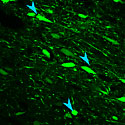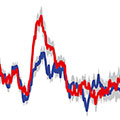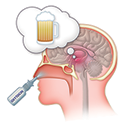Featured Paper of the Month – July 2019
Published in The Journal of Neuroscience by Golden, Sam A; Jin, Michelle; Heins, Conor; Venniro, Marco; Michaelides, Michael; Shaham, Yavin
Aggression is often comorbid with neuropsychiatric diseases, including drug addiction. One form, appetitive aggression, exhibits symptomatology that mimics that of drug addiction and is hypothesized to be due to dysregulation of addiction-related reward circuits. However, our mechanistic understanding of the circuitry modulating appetitive operant aggression is limited…










